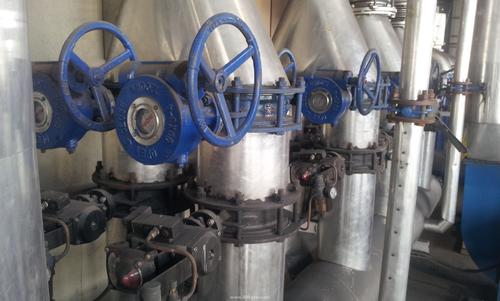How does the Pneumatic Regulating Valve Work?

A pneumatic regulating valve is a kind of regulating valve powered by compressed air. It is widely used in a variety of automatic control systems in various working conditions because of its rapid response, simple structure, safe use, and requiring no additional explosion-proof measures under flammable and explosive working conditions.
To choose a pneumatic regulating valve suitable for your own working condition, you should first understand the mechanism of sanitary regulating valve.
There are two kinds of actions of air-on type and air-off type for the pneumatic regulating valve. When the air pressure above the membrane of the actuator of the air-on type pneumatic regulating valve increases, the valve moves towards the direction of increased opening. When the input air pressure reaches the upper limit, the valve is in a fully open state.
It will automatically close when the air pressure decreases or is lost, so it is also known as the failure-off type.
When the air pressure increases, the actuator of the air-off type pneumatic regulating valve makes the valve move towards the direction of closing. When the input air pressure reaches the upper limit, the valve is in a fully closed state. It will automatically open when the air pressure decreases or is lost, so it is also known as the failure-on type. Users should choose the right way of action according to their own working conditions.
When in use, according to the requirements of working conditions, pneumatic regulating valve should be equipped with positioners, converters, solenoid valves, security valves and other accessories to achieve the role of regulation.
The positioner is the main accessory in the pneumatic regulating valve. When in use, the control system sends a signal to the positioner, and then the positioner sends a signal to control the pneumatic regulating valve.
Take an air-on type pneumatic regulating valve for example. When the pressure is input into the air chamber of the actuator, the thrust plate moves down, compressing the spring, driving the push rod, valve stem, and valve core down, which makes the valve core leave the valve seat, thus circulating compressed air.
When the signal pressure is kept at a set value, the valve is then kept in a certain opening. For different signals, the opening of the valve is also different. Therefore, the purpose of regulation is achieved.




